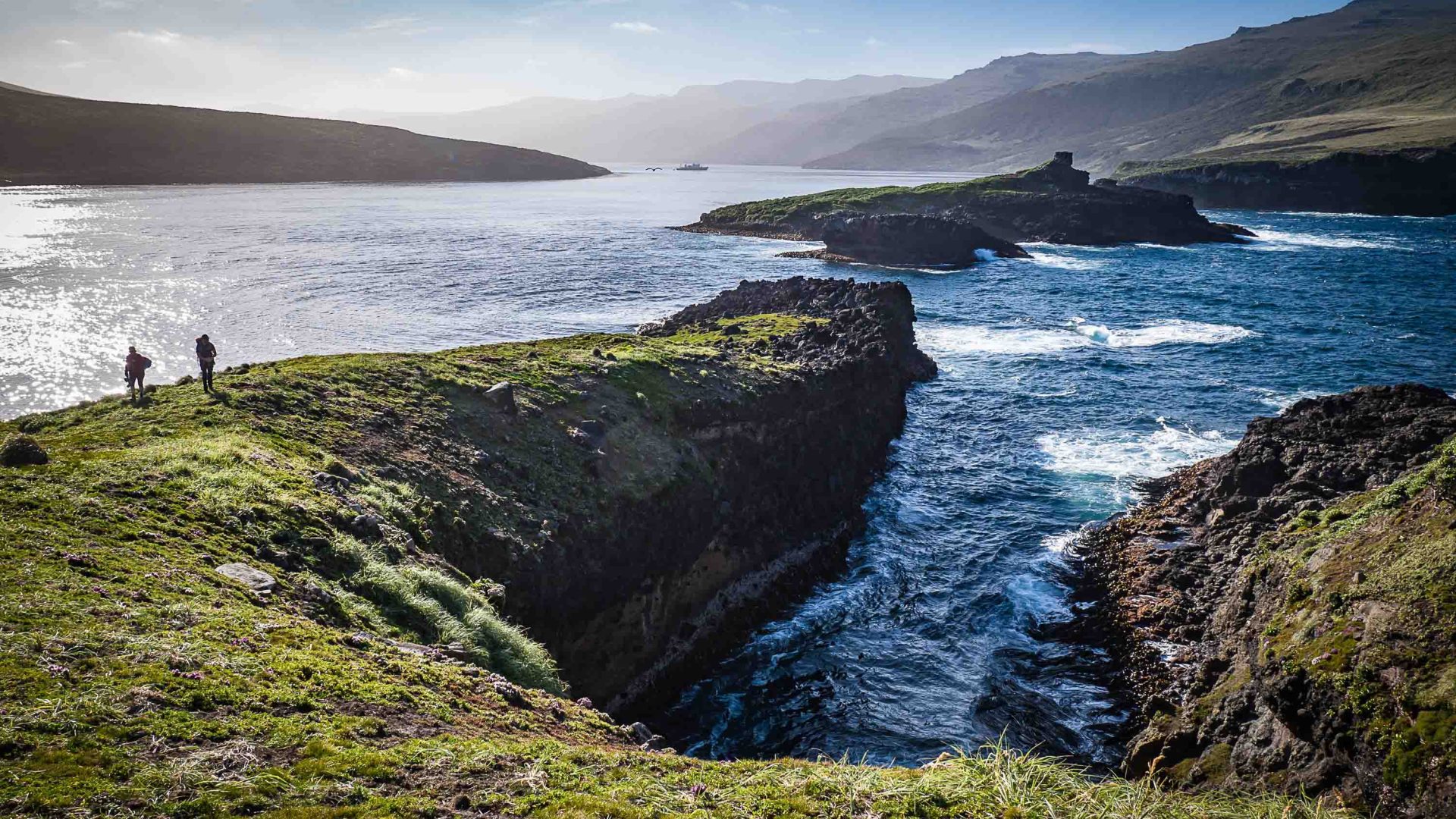
Jacqui Gibson hunts for the world’s most ruggedly beautiful (and tourist-free) destination in the world—and finds it some 300 miles off the south coast of New Zealand.


Jacqui Gibson hunts for the world’s most ruggedly beautiful (and tourist-free) destination in the world—and finds it some 300 miles off the south coast of New Zealand.
The solitude is startling as I look out of my cabin porthole across the Southern Ocean. Pushing south from Bluff, the southernmost seaport of mainland New Zealand, I see no lights on the horizon—just the arcing waves of a fidgety ocean. The blackening clouds above are tense, harangued by hammering winds edging across the sky.
Some 300 miles further south roam the intrepid seabirds that give those distances their distinction as the world’s ‘Albatross Latitudes’. And here, in the ghostly realm between New Zealand and Antarctica is a chain of uninhabited islands—New Zealand’s Subantarctic islands—on which more than a dozen of the world’s albatross species are found.
If an online search is to be believed, the world has an estimated two million deserted islands. Yet I imagine few are as raw and unpeopled as the Subantarctics.
The one sign of visitation are the infrequent park rangers and scientists who arrive by ship for seasonal field work. And in the window that is the New Zealand summer, restricted numbers of tourists turn up on expedition vessels to hike and zodiac around the islands, disappearing soon after they arrive, and leaving no clue of having been there other than footprints on the forest floor.
It’s early December when I join 120 other passengers on the Heritage Adventurer, a 124-meter expedition ship bound for the Subantarctic islands. I’m traveling with Heritage Expeditions, a family-run adventure tourism company based in Christchurch, New Zealand’s third largest city—and hoping the days ahead will mirror scenes from my imagination.
Of the more than 400 seabird species in the world, almost half have declining populations. A third are globally threatened.
I’ve been keen to visit since my late grandfather, Ken Abernethy, sent me letters of his tall ship passage there in 1989 with Heritage Expeditions’ now retired founder Rodney Russ. My grandfather, an experienced skipper and enthusiastic explorer, wrote of breaching whales, yellow-eyed penguin chicks, and giant, colorful mega herbs. Of the gale force of the Furious Fifties, the strong westerly winds that blow across the southern hemisphere; the immense ocean wilderness; the feeling of making it to the bottom of the world… It was like nowhere else he’d written about.
I was transfixed. “I saw a number of breeding southern royal albatross today,” he noted of his visit to Campbell Island, “and by crawling towards a nest on my stomach, I was able to slowly and carefully reach out to stroke a mother albatross.”
The 1980s were uninhibited times.
In the years that followed, the islands gained UNESCO world heritage protection (there are five main island groups, including the Snares, Auckland, Campbell, Antipodes and Bounty Islands in this protected area), and the rules for going ashore and observing wildlife tightened under the management of New Zealand’s Department of Conservation.
The magnificent seabirds are still there, Aaron Russ, Rodney’s son and company co-owner, reassures me when we meet on board soon after embarkation as guests unpack and settle in. But of the 400-plus seabird species in the world, almost half have declining populations. A third are globally threatened. Historically, the blubber industry—which operated in the Subantarctics for much of the 19th and 20th centuries—very nearly wiped out many of the region’s whale, seal and seabird species.
Today, the latter are under attack by introduced pests, particularly rats and mice. Climate change is reducing their food supply. Many are killed as a by-product of the commercial fishing industry.
“These places need friends right now. They’re some of the most remarkable islands on the planet yet most people have never heard of them,” says Aaron, 43, who led his first expedition to the Subantarctic islands and Ross Sea aged 21.
“What do I mean by friends? I mean people who might tell others about this important place so that they might visit too. I mean people who might want to join our campaign to save the Antipodean albatross from extinction,” he tells me. “But it doesn’t need to be that direct either. It can simply involve taking photos and sharing the beauty of this place with your grandkids so they can know that this place even exists at all.”
After our first night at sea, we make it to the Snares Islands, the northernmost island group within the subpolar archipelago, where we jump in zodiacs and motor towards the shoreline of the largest islet. In small teams, we search for endemic Snares crested penguins and southern Buller’s mollymawk, the most commonly seen of the four albatross that breed here.
It’s surprisingly warm outside—about 50 degrees Fahrenheit/10 degrees Celsius—as we coast towards a rocky inlet carved from 100 million-year-old muscovite granite and topped with giant tree daisies.
Approaching land, we see hundreds of yellow-browed penguins. Some lounge on horizontal tree limbs while others busy themselves in nests or plunge into the sea on a mission to greet us. Turning off the motor, guide Jonathan Rossouw tells us the penguin population here is stable, thanks to the islands’ pest-free, pristine condition and the total ban on tourists going ashore.
“We’re here because the people who travel with us want to visit these kinds of wild and seldom-visited places and because the Russ family have emerged as the leaders in expedition travel down here.”
- Shirley Metz, Antarctic explorer
Maneuvering between islets and exploring the coastline over the next two hours, we spot New Zealand fantails flitting amongst the shrubland. We see black tomtit, fernbirds, sooty shearwaters, skuas and a rare endemic snipe poking around in the undergrowth.
I watch New Zealand fur seals gaze back at us from craggy rocks. Looking up, I make out the distinctive gray and white form of soaring mollymawks; their striped beaks and angular heads appear through binoculars as if they’re shaped from clay.
Under New Zealand’s management rules, expedition companies holding an entry permit can operate in the coastal waters surrounding the islands and land at designated sites, provided it’s during the day and no more than 200 passengers are ashore. At some sites, a daily cap of 50 onshore passengers exists.
This particular voyage takes in all five island groups, with side trips to Macquarie Island—Australia’s only Subantarctic island and the southernmost point of the itinerary—and New Zealand’s Chatham Islands, off the east coast of mainland New Zealand. Until we depart Subantarctic waters and arrive in the Chathams, we won’t see another ship or encounter any other tourists.
Landing on Enderby, a pest-free island within the Auckland group, I pick up the topic of advocacy with trainee guide Genevieve Early. She’s a recent graduate of Heritage Expeditions’ True Young Explorer program, which takes 18 to 30-year-olds to the Subantarctic islands and the Ross Sea every year in exchange for becoming advocates for the region.
“The program’s a big part of the Russ family legacy here in the Subantarctics,” Genevieve explains as we make our way past breeding New Zealand sea lions and their newborn pups to begin our circuit hike.
Formed in 1984 by former biologist Rodney and his then-wife Shirley Russ, Heritage Expeditions has blended tourism and conservation for 40 years. The company donates to organizations such as the New Zealand Department of Conservation, BirdLife International and the Antarctic Heritage Trust, and is a member of the International Association of Antarctic Tour Operators, an organization committed to responsible tourism.
It recently formed a partnership with Ngāi Tahu to help New Zealand’s largest iwi (tribe) in the South Island carry out species and environmental research in the Southern Ocean. Today, Heritage Expeditions is one of the last family-owned expedition companies still operating in the world.
“From the outset, they’ve had this view that responsible travel could achieve things that might otherwise be impossible,” says Genevieve as we stop to look at clusters of mauve mega herbs growing beside a steep cliff. Adding seabird sightings and locations to global databases to fill gaps in scientific field work is one example; tapping philanthropic guests so major conservation projects can avoid reliance on patchy government funding is another.
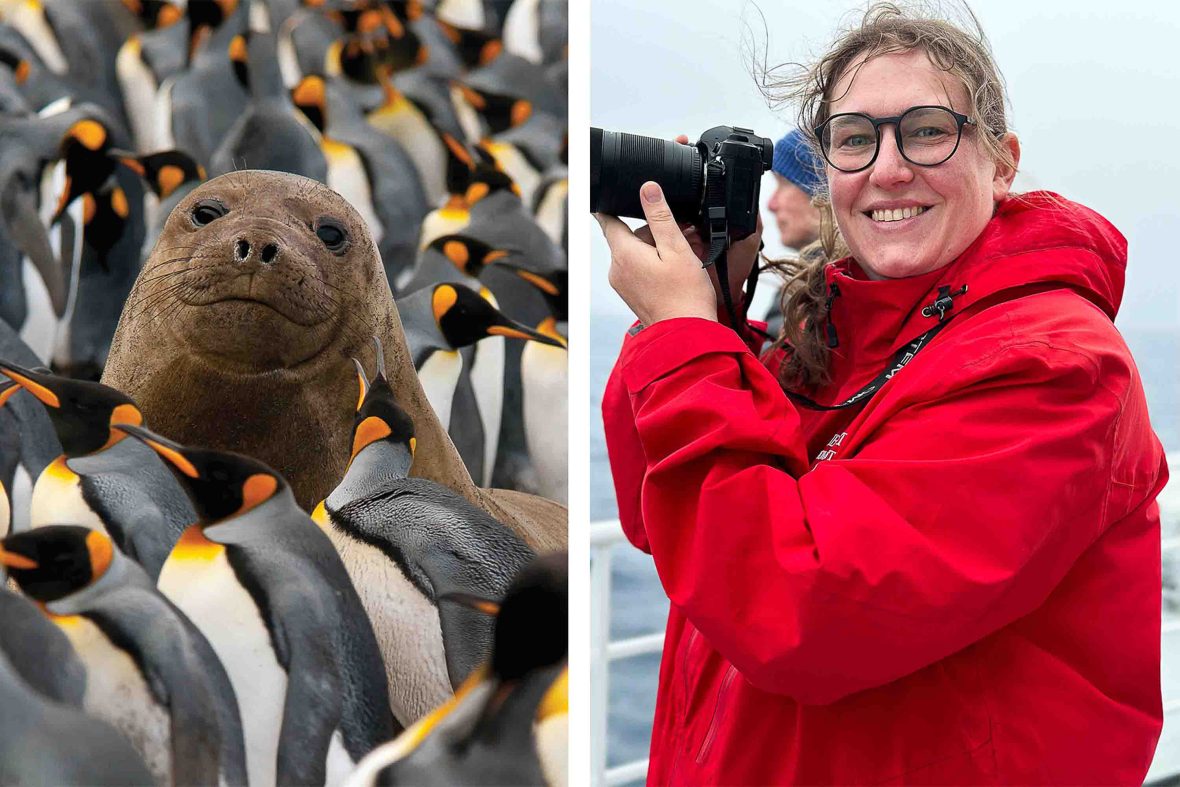
As we walk, I spot a burial plaque dated 20 March 1887, commemorating the 15 lives lost when the barque Derry Castle was shipwrecked off the coast. I suddenly feel like I’m looking back in time. Epic voyages, failed communities, starvation and tragic landings are the other central narratives of these islands.
Archaeological evidence on Enderby, for example, shows Polynesians and their dogs lived temporarily on Enderby Island as far back as the 1200s. Next came sealers, whalers and even settlers, before the Subantarctic islands were eventually abandoned as a viable place for human habitation.
I think about this conversation in the days that follow, pondering what responsibilities I might have as a visitor to the Subantarctic islands?
Later, I sit down with Antarctic explorer Shirley Metz and her partner, global seabird expert and author Peter Harrison, to find out what draws them to the Subantarctic islands. As a couple, they run an adventure tour company of their own called Apex Adventures in the US, and they’re on board with a handful of their guests as both guides and keynote speakers.
Shirley has spoken of her achievement as the world’s first woman to ski to the South Pole, while Peter has shared his knowledge of penguins and albatross, and described the 15 years it took him to research, write and illustrate his latest seabird identification guide.
“We’re here because the people who travel with us want to visit these kinds of wild and seldom-visited places and because the Russ family have emerged as the leaders in expedition travel down here,” explains Shirley as we track towards Campbell Island on a day entirely at sea.
We’ve grabbed coffees and homemade cookies from the self-service kitchenette and each pulled up a seat in the ship’s main lounge. A dozen or so birders are outside with binoculars and camera lenses trained at the sky. Other guests are scattered throughout the jacuzzi, gym and spa, and the top deck library.
“We’ve known the Russ family since the early ‘90s,” Peter tells me. “We’ve watched the boys, Aaron and Nathan, grow up. We’ve seen Rodney and Shirley build a reputation on not just being any old tour operator, but having their hearts in the right place and passing on a legacy of responsible tourism to their two sons.”
I think about this conversation in the days that follow, pondering what responsibilities I might have as a visitor to the Subantarctic islands? There’s treading lightly in the fragile environment and respecting wildlife. Complying with biosecurity rules when going ashore is another must do.
Then there’s the option of taking Aaron’s advice; at the same time following in the footsteps of my grandfather. In that case, I’d take every chance I could to tell loved ones about the thrill and privilege I felt standing atop a gale-pummeled island, deep in the Southern Ocean, watching a pair of southern royal albatross necking, preening each other and raising their pink beaks to the Subantarctic sky.
**
The writer traveled as a guest on Heritage Expedition’s 17-day Birding Down Under tour.
****
Adventure.com strives to be a low-emissions travel publication. We are powered by, but editorially independent of, Intrepid Travel, the world’s largest travel B Corp, who help ensure Adventure.com maintains high standards of sustainability in our work and activities. You can visit our sustainability page or read our Contributor Impact Guidelines for more information.

Jacqui Gibson is an award-winning travel writer living in Wellington, New Zealand. She writes about all aspects of travel, but particularly the outdoors, slow travel and where it intersects with culture and heritage. Her stories have been published in the Sunday Star Times (STUFF), New Zealand Herald (NZME), MiNDFOOD, BBC Travel, to name a few.


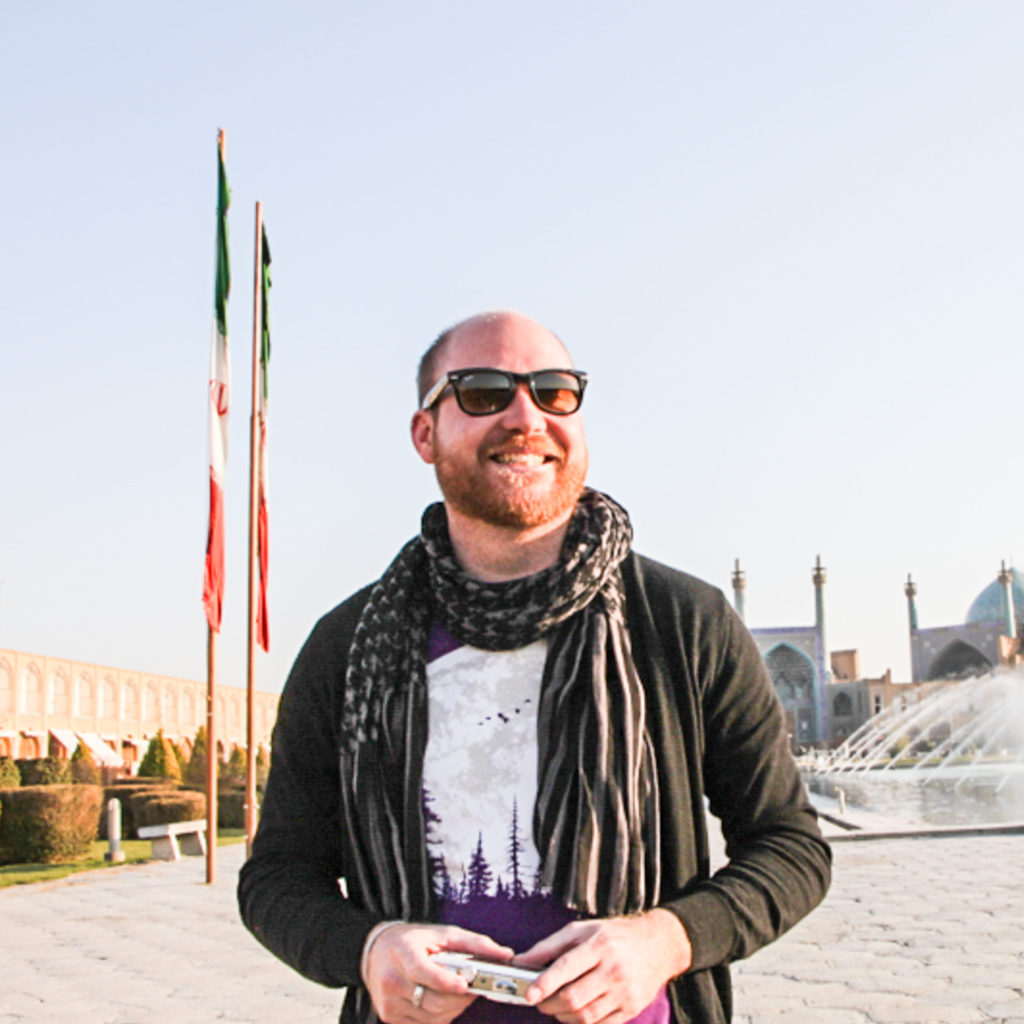

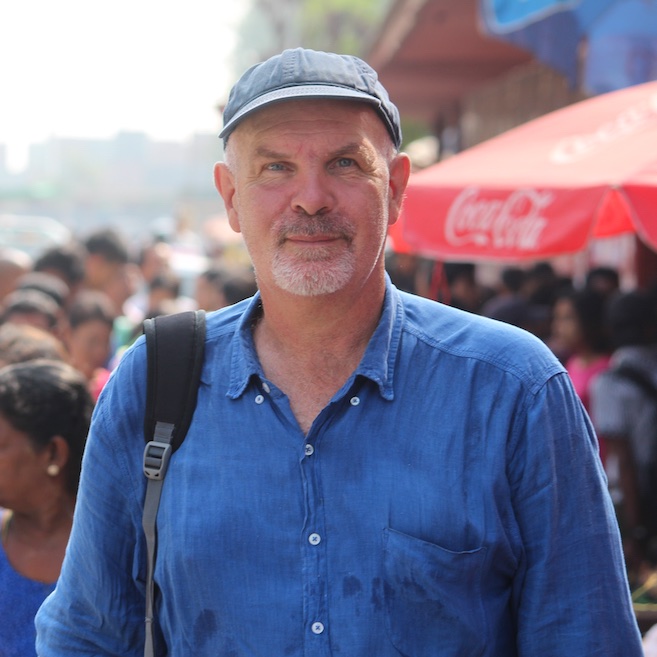

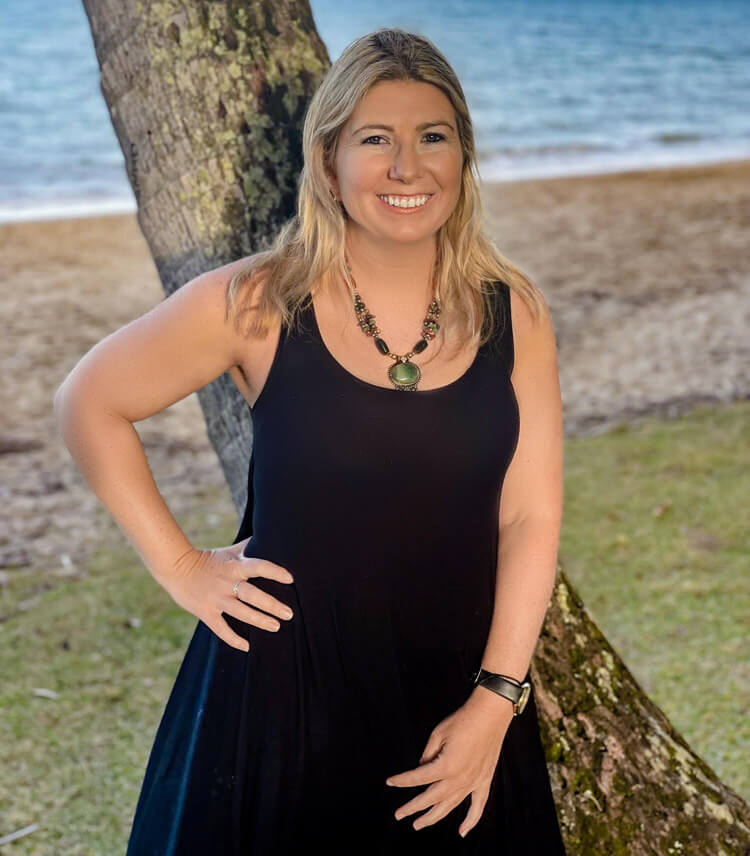

Can't find what you're looking for? Try using these tags: